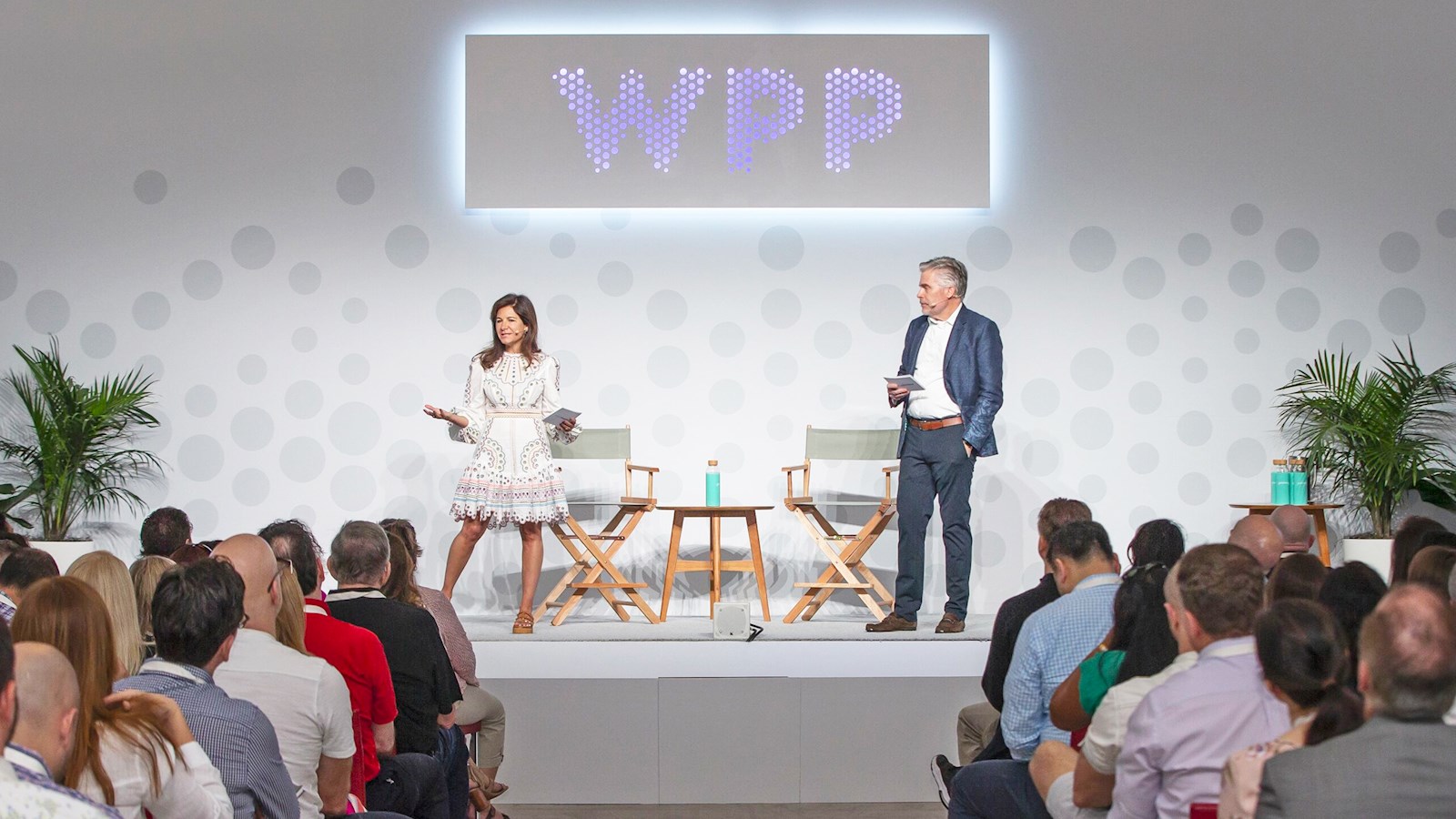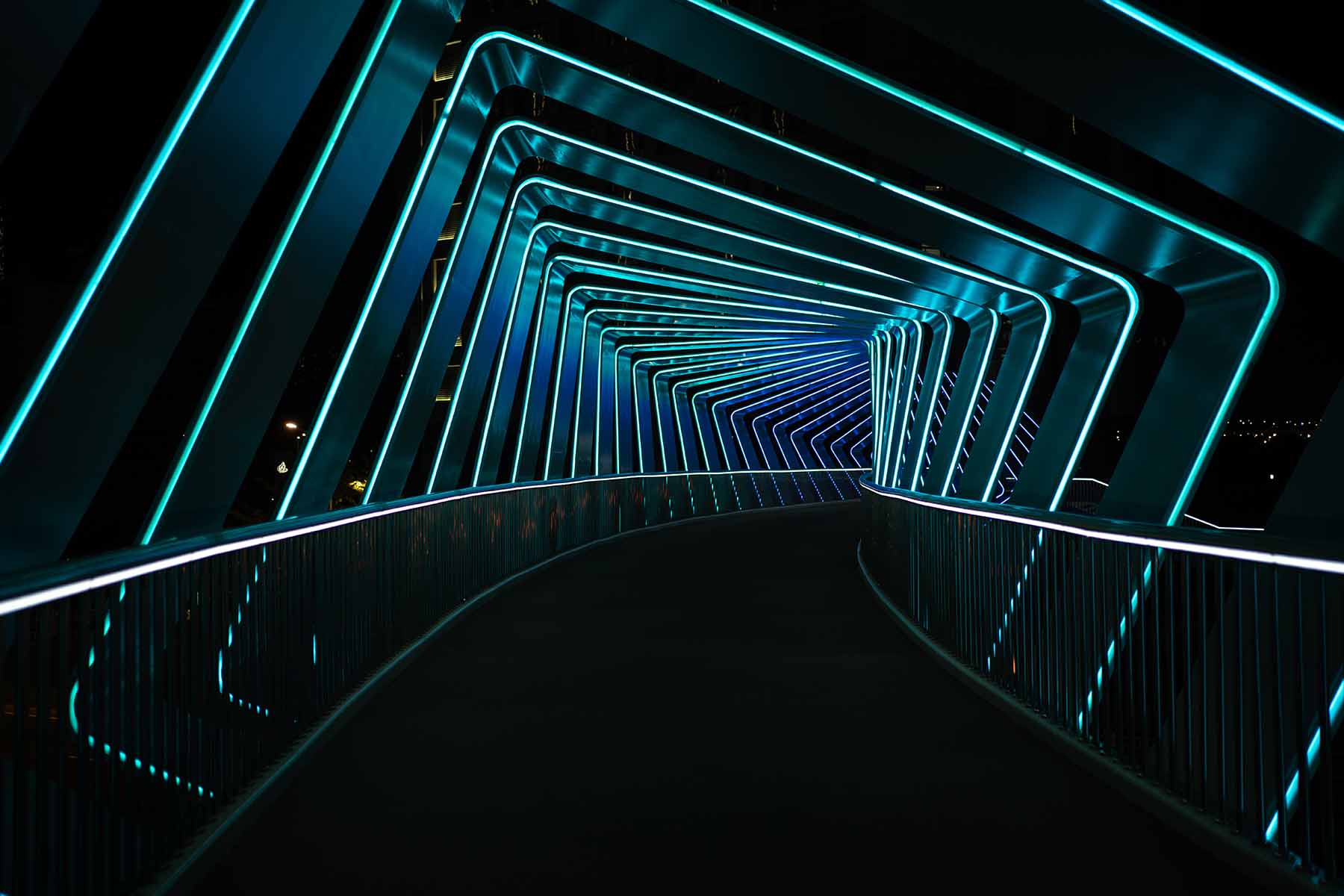
WPP Commerce 2020: The people imperative
The creative opportunity for brands and retailers presented by the new commerce landscape
Retail has never played a more central role in people’s lives and represented such a creative opportunity to be reimagined by marketers. No question, retail is experiencing seismic shifts, upending the very way we define and experience it. But that presents a massive opportunity for brands and retailers who are open to rethinking every aspect of their business.
Similar to the impact digital disruption had on both brands and traditional media, the outcome of this evolution is set to be transformative to the media and marketing industry. Commerce is essentially the next wave of marketing transformation. Similar to the drivers of digital disruption, technology adoption and capability have created the environment. The forces of change are so great that they’re challenging even the most disruptive of brands to focus their attention on the consumer. Brands and retailers are now able to become even more relevant through a constant commitment to understanding real consumer expectations and insights.
The future is here now.
- We’ve moved from omni-channel to omni-present, where choice and convenience in commerce are endless and always on.
- Consumers no longer distinguish between online and offline channels. They are blending the way they shop.
- The lines have blurred between the role of retailer as media channel as well as buying channel. As retailers compile first party data, they’ve become empowered to think more strategically about the consumer experience.
- Add to this mix new channels and types of retail such as social platforms moving into commerce (e.g. Facebook, Instagram, Pinterest, TikTok), large marketplaces like Amazon and Alibaba, and direct-to-consumer brands creating news routes to market.
Never has the need for creativity been so in demand. It’s time to open up the possibilities of commerce to deliver on both building brand equity AND driving conversion. This means not only the ability to leverage new tools for better knitting together online and offline channel data, but to create culturally relevant experiences that engage the consumer in highly impactful and emotional ways.
This was a major theme weaved throughout the sessions at WPP Commerce 2020 taking place in Miami this past week. It was a unique moment to witness the coming together of all players across our ecosystem, with a shared interest – putting the consumer at the center of it all.
Today people can buy anytime and anywhere. If we think back to when P&G announced “shelf-back” of “store back” marketing in 2009, all that communications had to take into consideration was whether it would actually work in selling product. They understood the ‘moment of truth’ to delivering on a purchase was winning at the shelf. This is around when shopper marketing was born and communications on TV were noticeably different to the messages leading to a conversion. Today, with our shelf essentially becoming an intangible across vast commerce touchpoints, we’ve given rise to a new moment of truth: ‘people-forward’, where the job to be done is to unify channels and messages around how someone lives today.
This new ‘day’ is the most interesting time for commerce. It’s no longer about channel first, but human first as we put data and technology to work in understanding how, when and why people buy. Kantar’s J. Walker Smith delivered this message to our packed room of attendees eagerly looking for the answers to the future of commerce – “use the language of digital to sell a human scale benefit”.
While in Miami, a stroll through its thriving Design District can’t help but bring this future front and center. A mecca for art, experience and luxury in one, its revitalization was built on the mere premise of not giving visitors more shopping. The neighborhood set away from all the action of South Beach’s Ocean Drive, has successfully made itself a destination by putting the consumers at the heart and experience at the core. The space is filled with one-of-a-kind art installations and instagrammable spaces. The streets are lined with luxury brands reminiscent of a modern Rodeo Drive. It’s vibrant and engaging as consumers browse, discover and interact with their favorite brands in wholly different ways. As Marshal Cohen of the NDP Groups previously said, “[The Miami Design District is] about the brand being able to showcase the lifestyle of the brand, rather than a selected version of pieces of the brand”.
This is the new commerce landscape. We are only at the beginning and the future is now wide open to innovation. Brands and retailers must now think about where and how value will be delivered to the consumer through this transformation. The cost and speed to deliver on personalization and customization at scale, while respecting privacy, is now possible. This will only continue to move client engagement in this space from functional and tactical to the strategic and creative for measurable impact. Impact that includes building brand equity while selling. Commerce is an essential channel in the marketing and media mix, and it’s time we all tap into its creative potential.
published on
27 February 2020
Category
More in Commerce

Media in India: the future is now
Brands pursuing the Indian market must focus on personalised experiences and data-driven strategies

Multinational companies must have an India strategy
The Indian market is hugely attractive to brands, but multinational companies must have a bespoke India strategy

Where there’s women’s health, there’s wealth
There’s huge economic advantage in closing the women’s health gap, and yet still this gap is still formidable

